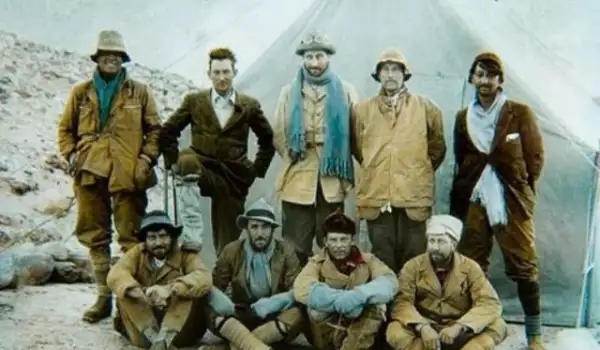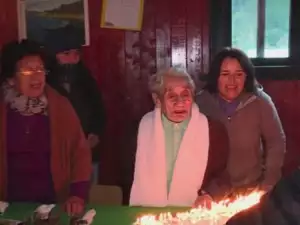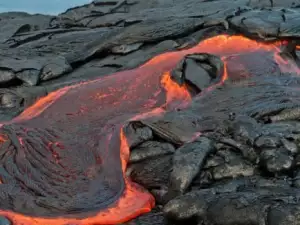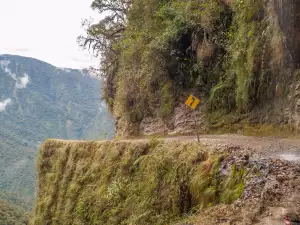Besides as the "roof of the world", Everest is also known as the world's largest open air graveyard, due to the dozens of climbers' bodies that lay unburied on its slopes. In their attempt to conquer the highest peak on the planet, they have met an unfortunate end.
And since we're talking about the Himalayas, we're not just talking about extreme conditions but about the most extreme conditions on Earth, where one can find their doom in a variety of ways - lack of oxygen, freezing, trauma, heart failure. Even the silliest accident can lead to death.
"At 26240 ft (8000 m), one doesn't have the luxury of being moral, " says Alexander Abramov, the Russian man who conquered Mt. Everest 6 times. "Under these conditions you barely have the strength to care for your own survival and you just can't help others."
En route to the top, climbers often come across unburied bodies claimed by the white death. At least 8 unburied bodies lie along the northern route and 10 along the southern. The number of dead on side routes remains unknown.
The world still recalls the horrible tragedy of 2006, when a slowly freezing David Sharp was passed by 42 other mountaineers, none of which made any attempt to help him.
It's difficult to help others in such extreme conditions because any deviation from the trail means risking one's own life.
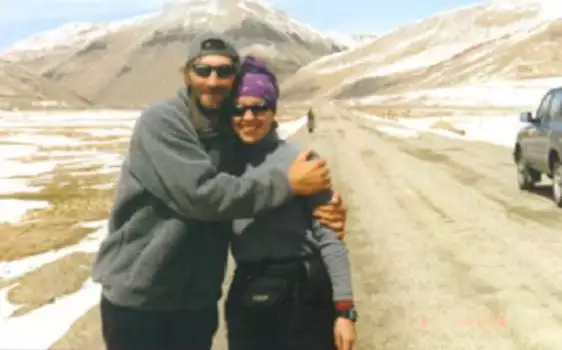
In 1996, a group of Japanese mountaineers from Fukuoka University began their ascent of Mt. Everest. Near their climbing route were 3 Indian climbers in distress, begging for help. But the Japanese group passed them by. On their way down, there was no one to rescue, the other mountaineers were already dead.
No one has any intention of collecting the dead, as helicopters don't land at such altitudes and you're just not going to find Good Samaritans willing to carry down up to 220 lb (100 kg) of additional weight under the harsh conditions.
And that is why the unburied dead litter the slopes. The wind, snow and low temperatures have their influence, keeping some bodies intact despite the years.
Officially, the peak was first conquered in 1953, although it's likely that the actual first climbers to summit Mt. Everest were Brits George Mallory and Andrew Irvine. They were last spotted alive by binoculars on June 8, 1924 about 656 ft (200 m) below the summit.
The body of Mallory was discovered 7 decades later, while Irvine's never was, but by the cut off rope it is evident he made an attempt to save himself.
One of the most memorable tragedies beneath the summit occurred in 1998. On May 25, married couple Sergei Arsentiev and Francys Yarbro Distefano-Arsentiev began their ascent without bottled oxygen. On their descent, they became separated. He managed to reach base camp, while she did not.
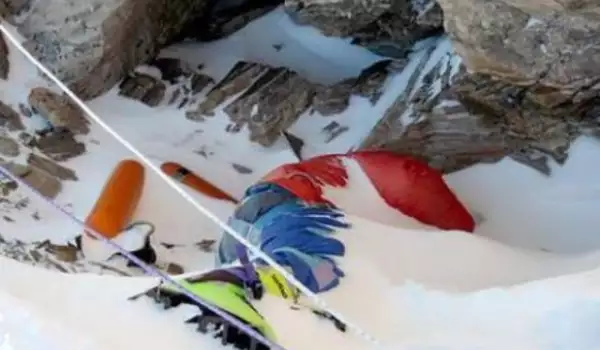
On the 2nd day of her disappearance, a total of 8 climbers passed by Francys. Some of them claimed to have offered her oxygen but she had refused, not wanting to ruin her record.
Another group of mountaineers had also managed to reach her - Ian Woodall and his wife Cathy. The 2 of them veered off their route in an attempt to aid Francys but after getting to her they found that her legs had atrophied. For 2 hours they made attempts to warm her up but she was unable to move even an inch.
The weather worsened and the couple was forced to seek shelter. As the pair turned to leave, Francys screamed "Don't leave me here to die." Ian and Cathy made attempts to contact other expeditions to try and help Francys but all refused.
In 1999, the British couple climbed Everest again and found Francys's body exactly where they had left it. Ian wrapped her in the American flag and placed a letter from her son in her pocket. That same year, her husband Sergei's body was also found.
"The dead along the routes are a reminder that we have to be careful in the mountain. Every year, the number of people making summit attempts increases, as does the number of missing. In normal life this would be unacceptable but at such altitudes it's the norm, " comments Alexander Abramov.
